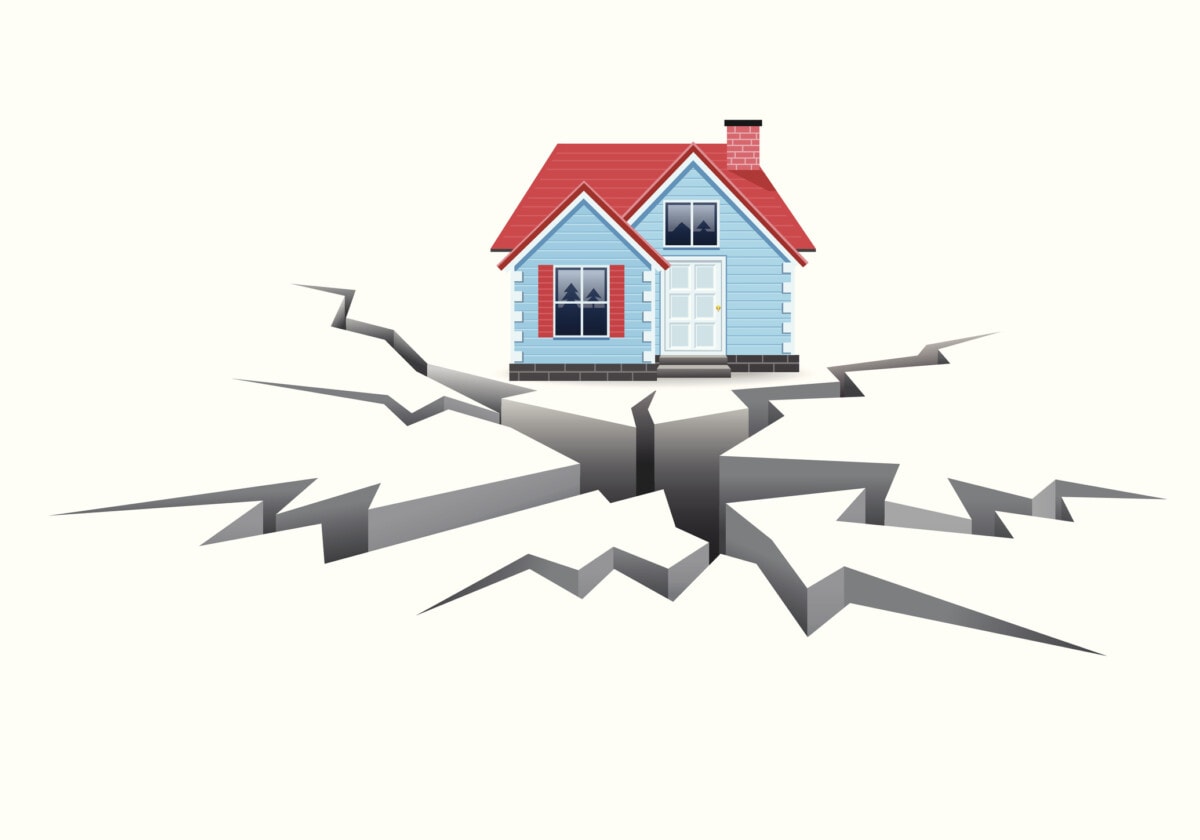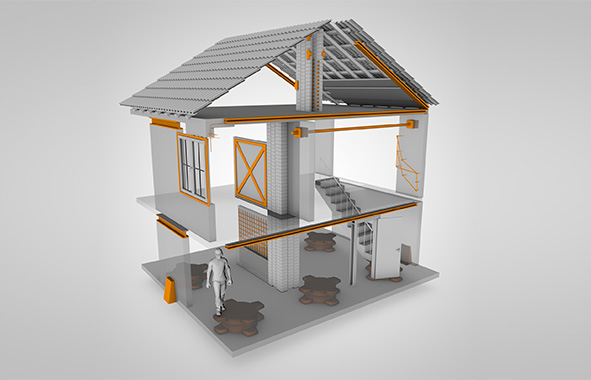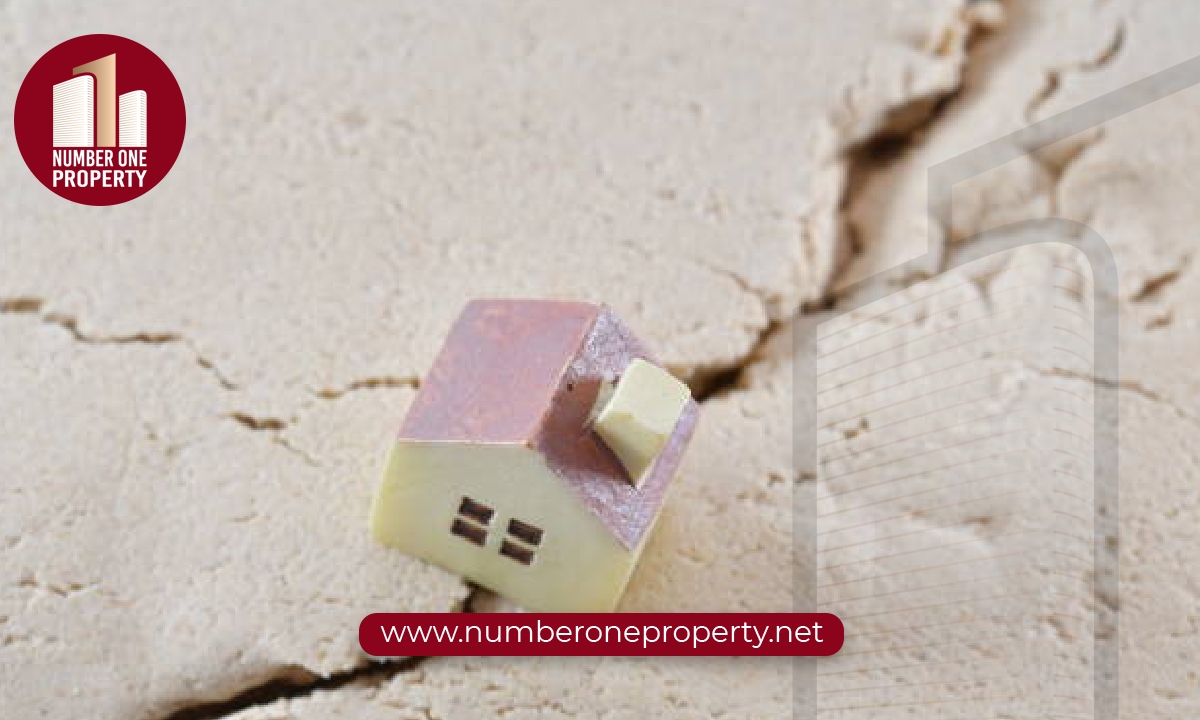Seismic safety is increasingly critical in real estate development, especially in regions prone to earthquakes and other natural disasters. As urban populations grow and the demand for housing and infrastructure increases, ensuring the structural integrity of buildings against seismic hazards is paramount.
This article explores the various aspects of seismic safety in real estate development, including the risks associated with earthquakes, the role of seismic retrofitting, and the implications for property owners, real estate agents, developers, and the general public.
Understanding Earthquake Risks and Seismic Hazards
What Are Seismic Hazards?
Seismic hazards refer to the potential for earthquakes and related ground movements to cause damage to buildings and infrastructure. These hazards are influenced by factors such as the frequency and magnitude of seismic activity in a specific area, the geological characteristics of the region, and the design and construction of buildings.
Understanding the seismic hazards in a particular location is essential for assessing the risks to property and ensuring that structures are built to withstand earthquakes.

The Impact of Earthquakes on Buildings
Earthquakes can cause significant damage to buildings and infrastructure, leading to economic losses, injuries, and even death. The extent of earthquake damage depends on several factors, including the intensity of the seismic activity, the building's structural integrity, and the quality of construction materials used.
Older buildings, in particular, may be more vulnerable to earthquake damage due to outdated design practices and materials that need to meet modern seismic standards.
Regions Prone to Seismic Activity
Certain regions of the world are more prone to seismic activity than others. California, for example, is well-known for its earthquake risks due to its location along the San Andreas Fault. Other regions with high seismic activity include Japan, Turkey, New Zealand, and South America.
In these areas, seismic safety is a crucial consideration in real estate development, and properties must be designed and constructed to withstand the forces of an earthquake.
The Role of Seismic Design in Real Estate Development
Importance of Seismic Design
Seismic design is designing buildings and structures to resist the forces generated by earthquakes. This involves incorporating specific design principles and construction techniques to enhance the structural integrity of the building and minimize the risk of collapse during a seismic event.
Seismic design is a critical component of building codes and standards in regions prone to earthquakes, and compliance with these regulations is essential for ensuring the safety of occupants and the long-term durability of the property.
Key Elements of Seismic Design
Several key elements are considered in seismic design, including:
Foundation Design: A building's foundation plays a crucial role in its ability to withstand seismic forces. A well-designed foundation can help distribute the energy generated by an earthquake and reduce the risk of structural failure.
Structural Integrity: A building's overall structural integrity is determined by the strength and stability of its components, including walls, beams, columns, and floors. Buildings designed with reinforced concrete, steel, and other high-strength materials are better equipped to resist seismic forces.
Seismic Retrofitting: Seismic retrofitting involves modifying existing buildings to improve their ability to withstand earthquakes. This may include strengthening foundations, reinforcing walls and beams, and installing devices that absorb or dissipate seismic energy.
Seismic Dampers and Base Isolators: Seismic dampers and base isolators are devices used in modern buildings to reduce the impact of seismic forces. Dampers help absorb energy, while base isolators allow the building to move independently of the ground, reducing the stress on the structure.
Compliance with Building Codes and Standards
In regions prone to seismic activity, building codes and standards ensure that new constructions meet specific seismic safety requirements. These regulations are based on the latest research and evidence and are regularly updated to reflect advancements in seismic design and engineering.
Compliance with these codes is mandatory for developers, contractors, and property owners, and adhering to these standards can result in significant legal and financial consequences.
Seismic Retrofitting: Enhancing Safety in Older Buildings
The Need for Seismic Retrofitting
Older buildings are often more vulnerable to earthquake damage due to outdated construction practices and materials that must meet current seismic standards. Seismic retrofitting strengthens and modifies these structures to improve earthquake resilience.
This is particularly important in regions with a high probability of seismic activity, where the risk to life and property is significant.
Techniques for Seismic Retrofitting
Several techniques are used in seismic retrofitting, depending on the specific vulnerabilities of the building:
Foundation Reinforcement: Strengthening a building's foundation can help distribute seismic forces and prevent structural collapse. This may involve additional support or reinforcing existing foundations with steel or concrete.
Wall Reinforcement: Adding reinforcements to walls, such as steel braces or reinforced concrete, can improve the building's ability to withstand lateral forces generated by an earthquake.
Roof and Floor Strengthening: Strengthening the connections between the roof, floors, and walls can help maintain the structural integrity of the building during seismic activity.
Seismic Dampers: Installing seismic dampers can help absorb and dissipate the energy generated by an earthquake, reducing the stress on the building's structure.
Benefits of Seismic Retrofitting
Seismic retrofitting offers several benefits, including:
Increased Safety: By enhancing a building's structural integrity, seismic retrofitting reduces the risk of collapse and increases the safety of occupants during an earthquake.
Property Value: Properties retrofitting to withstand earthquakes are often more valuable in the real estate market as buyers increasingly prioritize safety and resilience.
Compliance with Regulations: In many regions, seismic retrofitting is required by law for certain types of buildings, particularly those that are older or considered high-risk.
The Role of Real Estate Agents and Property Owners

Real Estate Agent's Responsibility
Real estate agents play a crucial role in informing potential buyers about the seismic safety of properties. Agents should be knowledgeable about the area's seismic hazards, the seismic design features of the properties they represent, and any retrofitting work that has been done. This information is crucial for buyers who want to make informed investment decisions.
Property Owners' Role in Seismic Safety
Property owners are responsible for ensuring that their buildings meet seismic safety standards. This may involve conducting regular inspections, performing necessary retrofitting work, and maintaining compliance with local building codes. Property owners should also consider obtaining earthquake insurance to protect their investments in areas prone to earthquakes.
The Role of Structural Engineers in Seismic Safety
Importance of Structural Engineers
Structural engineers play a critical role in designing and constructing earthquake-resistant buildings. These professionals are responsible for ensuring that the structural components of a building can withstand seismic forces and that the design complies with all relevant codes and standards.
Structural Engineers' Involvement in Real Estate Development
During the real estate development process, structural engineers work closely with architects, contractors, and developers to create functional and safe buildings. They conduct detailed analyses of the building's design, materials, and construction methods to identify potential vulnerabilities and recommend appropriate solutions.
Latest Research and Advancements
Structural engineers rely on the latest research and advancements in seismic design to inform their work. This includes studying the behavior of materials under seismic stress, developing new construction techniques, and testing innovative technologies that can enhance the resilience of buildings.
Seismic Safety in Real Estate Investment
Seismic Safety as a Key Consideration for Investors
For real estate investors, seismic safety is an important consideration, particularly in regions with high seismic activity. Properties designed and constructed to withstand earthquakes are likely to retain their value better over time and may offer higher returns on investment.
Assessing Seismic Risks in Property Investment
When evaluating potential real estate investments, investors should assess the seismic risks associated with the property. This includes understanding the seismic hazard of the area, reviewing the building's design and construction, and considering any retrofitting work that has been done. Working with experienced real estate agents and structural engineers can help investors make informed decisions.
Seismic Safety and Market Trends
Market trends indicate a growing interest in properties that prioritize safety and resilience. As awareness of the risks associated with natural disasters increases, buyers and investors become more discerning in their choices. This trend is expected to continue, making seismic safety an increasingly important factor in the real estate market.
The General Public's Role in Promoting Seismic Safety

Raising Awareness
The general public plays a crucial role in promoting seismic safety by raising awareness of earthquake risks and the importance of building resilient structures. Public education campaigns, community workshops, and social media can effectively spread information about seismic safety.
Advocacy for Stronger Building Codes
Advocacy for stronger building codes and enforcement is another way the public can contribute to seismic safety. By supporting policies prioritizing the safety of buildings and infrastructure, communities can help reduce the risks associated with earthquakes and protect lives and property.
Personal Preparedness
In addition to advocating for safer buildings, individuals should prepare themselves and their families for earthquakes. This includes creating emergency plans, securing heavy furniture and appliances, and having an emergency supply kit.
Conclusion
Seismic safety is critical in real estate development, particularly in earthquake-prone regions. Property owners, developers, and investors can create safer, more resilient buildings by understanding the risks associated with seismic activity and implementing best practices in seismic design and retrofitting.
Real estate agents and structural engineers ensure that properties meet seismic safety standards. At the same time, the general public's advocacy and awareness efforts contribute to a safer built environment. As the real estate market continues to evolve, seismic safety will remain a top priority, influencing investment decisions and shaping the future of urban development.
Investing in seismic safety is a matter of compliance and crucial to protecting lives, property, and the long-term value of real estate investments. By staying informed and proactive, all stakeholders in the real estate industry can contribute to a safer, more resilient future.
Read Also:
Real Estate Market after an Earthquake: Risks and opportunities


